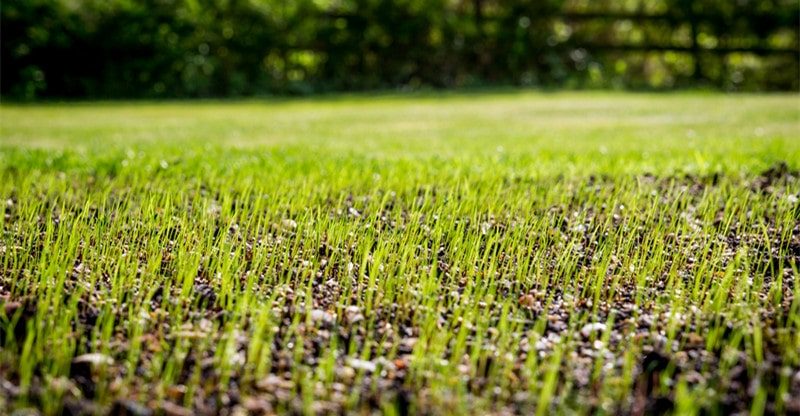Gardening enthusiasts know that patience is key, especially when sowing grass seed. The anticipation of watching those tiny seeds sprout into lush green grass is unparalleled. But just how long should you expect to wait? This guide breaks down the factors affecting grass seed germination and offers tips to ensure a healthy lawn.
Different Grass, Different Timelines
The type of grass seed you plant largely determines the germination time:
- Kentucky Bluegrass: 10-30 days
- Rye Grass: 5-10 days
- Bermuda Grass: 10-30 days
- Buffalo Grass: 14-30 days
- Zoysia Grass: 10-14 days
- Tall Fescue: 5-10 days
While these are average timelines, various factors can speed up or slow down the process.
Factors Influencing Germination
1. Soil Temperature
Grass seeds require a specific soil temperature range to germinate. For example, Bermuda grass prefers warmer temperatures (around 75-90°F), while Rye Grass likes it a bit cooler (between 50-65°F).
2. Watering
While it’s crucial to keep the soil consistently moist, overwatering can drown the seeds, leading to rot. On the other hand, under-watering will dry out the seeds, preventing them from germinating.
3. Soil Quality
A well-aerated soil enriched with organic compost often facilitates faster germination. Hard, compacted soil can hinder root penetration, making it challenging for seeds to establish.
4. Seed Depth
Planting seeds too deep can impede their ability to sprout. Most grass seeds thrive when sown about 1/4 inch deep.
5. Sunlight
While grass seeds don’t directly need sunlight to germinate, the seedlings that emerge do. Ensure your lawn area receives adequate sunlight for healthy grass growth.
Tips for Faster Germination
- Test Soil Temperature: Before planting, use a soil thermometer to ensure you’re sowing seeds in their optimal temperature range.
- Stay Consistent with Watering: Invest in a good sprinkler system to keep the soil consistently moist, especially during the initial stages.
- Loosen the Soil: Before sowing, till the soil or use a lawn aerator. This ensures better soil-to-seed contact, promoting quicker germination.
- Fertilize: Use a starter fertilizer that provides essential nutrients for the initial growth stages.
Conclusion
Understanding the germination process is the first step to achieving a lush and vibrant lawn. While patience is necessary, knowing what to expect and how to create optimal conditions can lead to gardening success. Remember, the key lies in the preparation, care, and a bit of Mother Nature’s magic. Happy gardening!


